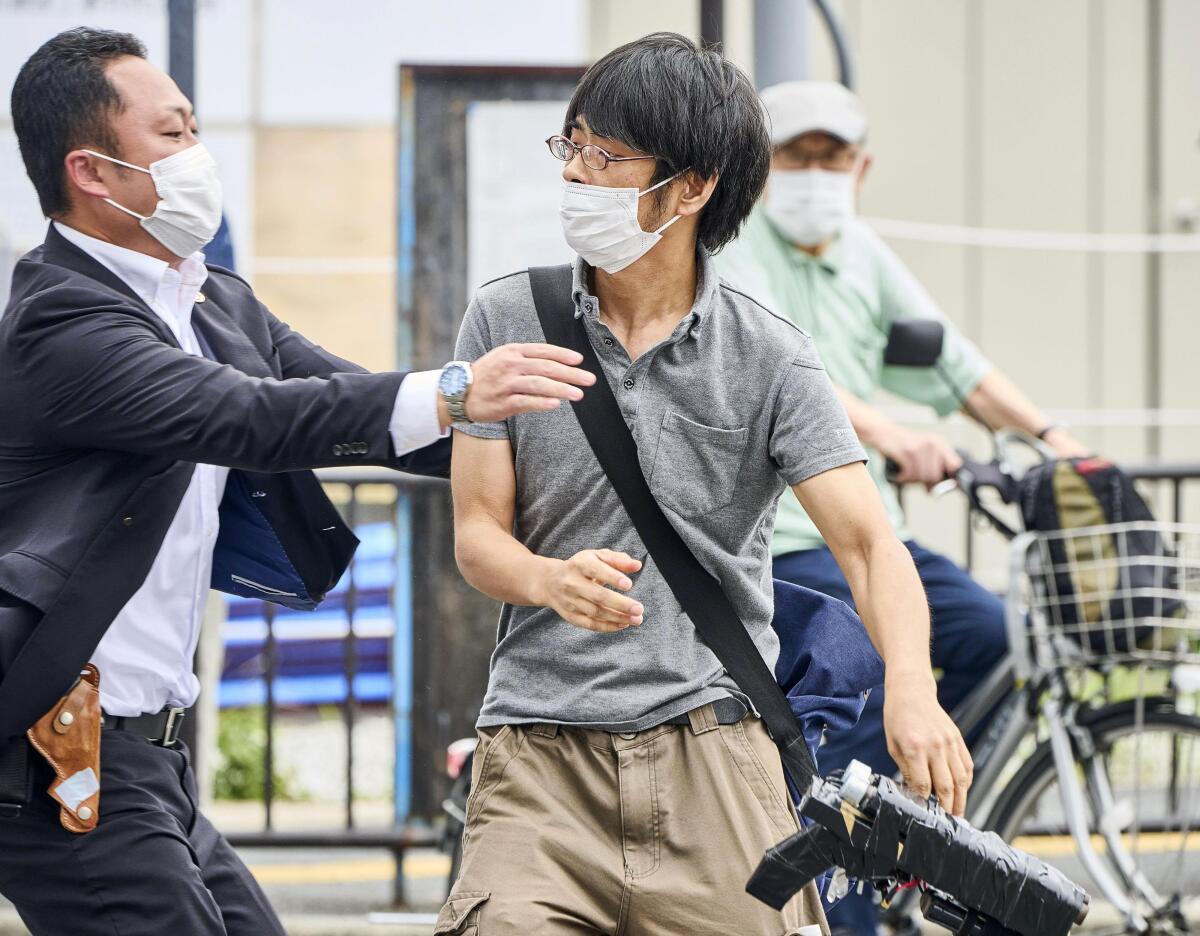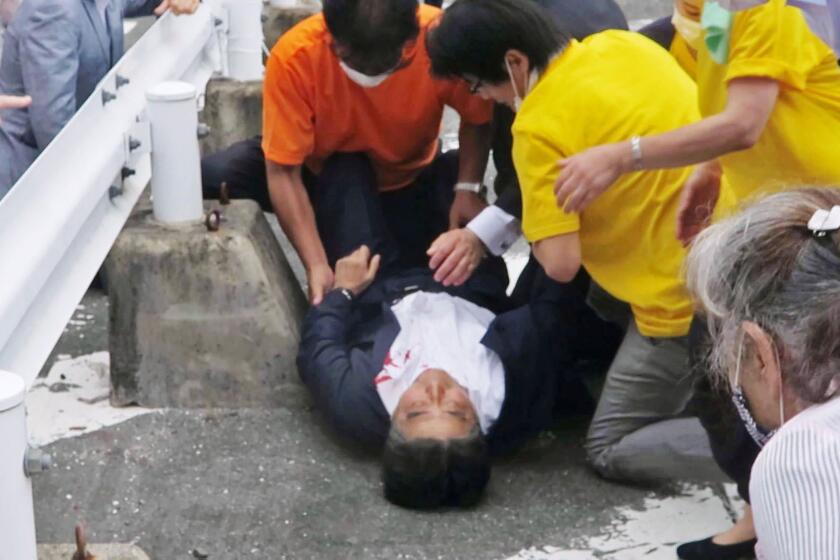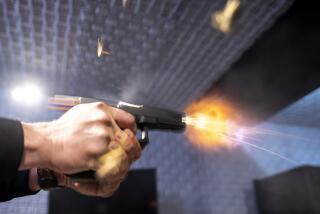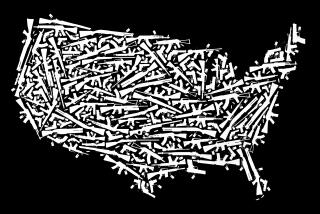What we know about the crude, homemade gun used in Shinzo Abe’s assassination

Within hours of a 41-year-old suspect’s arrest in the fatal shooting of former Japanese Prime Minister Shinzo Abe with an improvised gun, police raided Tetsuya Yamagami’s home Friday and found a small arsenal of homemade weapons — so-called zip or pipe guns.
Moments after an assassin fired the deadly shots as Abe delivered a campaign speech, a video showed an unwieldy, more-than-foot-long weapon with two metal barrels and a wooden board featuring some kind of firing mechanism. A puff of smoke emanated from the gun after a loud bang as the shooter discharged its barrels.
“We are conducting forensics, but clearly it looks homemade,” the police chief of Nara, the city in western Japan where the assassination occurred, told reporters at a news conference.
The weapon is far cruder than guns considered homemade in the United States, including 3-D-printed firearms and lower receivers assembled in metal shops.
Former Japanese Prime Minister Shinzo Abe was assassinated Friday on a street in western Japan by a gunman who shot him from behind as he delivered a campaign speech — an attack that stunned a nation with some of the world’s strictest gun-control laws.
The metal barrels of the weapon believed to have been used in the attack on Abe were wrapped in black tape.
Similar crude weapons were found in a raid of Yamagami’s home and, so far, there is no evidence the pieces were licensed under Japan’s strict regulations.
Japan has some of the toughest gun restrictions in the world. In 2021, only one person was killed and four injured in the 10 shootings in the country. Most of the shootings were tied to Japan’s infamous organized crime syndicates, according to the national police.
Guns are extremely difficult to obtain in Japan.
Improvised firearms aren’t a new phenomenon and parts can be easily acquired and, with some machine-shop skills, constructed, said Steve Gordon, a retired Los Angeles police special weapons and tactics officer. Zip guns have popped up in prisons across the globe, and during World War II, resistance members in the Philippines created shotgun-like pipe guns.
“Almost anything can be made in a metal workshop,” Gordon explained. “They are just metal and alloy parts.”
With 3-D printing, online guides and manufacturers willing to sell already-made parts, the once-tough task of building a gun has become much easier.
“Based on all the smoke ... seems homemade or real bad ammo,” Gordon said of the weapon after watching a video of the attack on Abe. Some firearms experts on Friday speculated that wiring on the suspected weapon meant it may have been intended to be fired electrically.
Such weapons are rarely seen in the United States because of the wide availability of ready-made firearms. Inmates in some U.S. prisons over the years have constructed crude zip guns as weapons. The Angola prison in Louisiana displays improvised firearms as a warning against the threat.
Firearms made with 3-D-printed parts and so-called ghost guns, which are assembled at home and can’t be traced, have begun turning up in crimes nationwide.
The Los Angeles Police Department said in a report released last year that detectives had linked ghost guns to 24 killings, eight attempted homicides and dozens of assaults and armed robberies since January.
During the first half of 2021, the department confiscated 863 ghost guns, a nearly 300% increase over the 217 it seized during the same period in 2020, the report said.
But it’s not just in Los Angeles. In 2020, California accounted for 65% of all ghost guns seized by the Bureau of Alcohol, Tobacco, Firearms and Explosives, according to prosecutors.
Ghost guns typically are made of polymer parts created with 3-D-printing technology and can be assembled using kits at home. They often are relatively inexpensive. Because they are not made by licensed manufacturers, they lack serial numbers, making them impossible to track.
Felons who are banned from possessing firearms because of previous offenses increasingly are turning to ghost guns, LAPD homicide investigators say.
California Gov. Gavin Newsom last week signed a new state law enabling law enforcement to seize such weapons under restraining orders related to gun and domestic violence. Newsom previously signed a law requiring the sale of firearm precursor parts to be processed through a licensed vendor, but that law doesn’t take effect until 2024.
More to Read
Start your day right
Sign up for Essential California for news, features and recommendations from the L.A. Times and beyond in your inbox six days a week.
You may occasionally receive promotional content from the Los Angeles Times.








